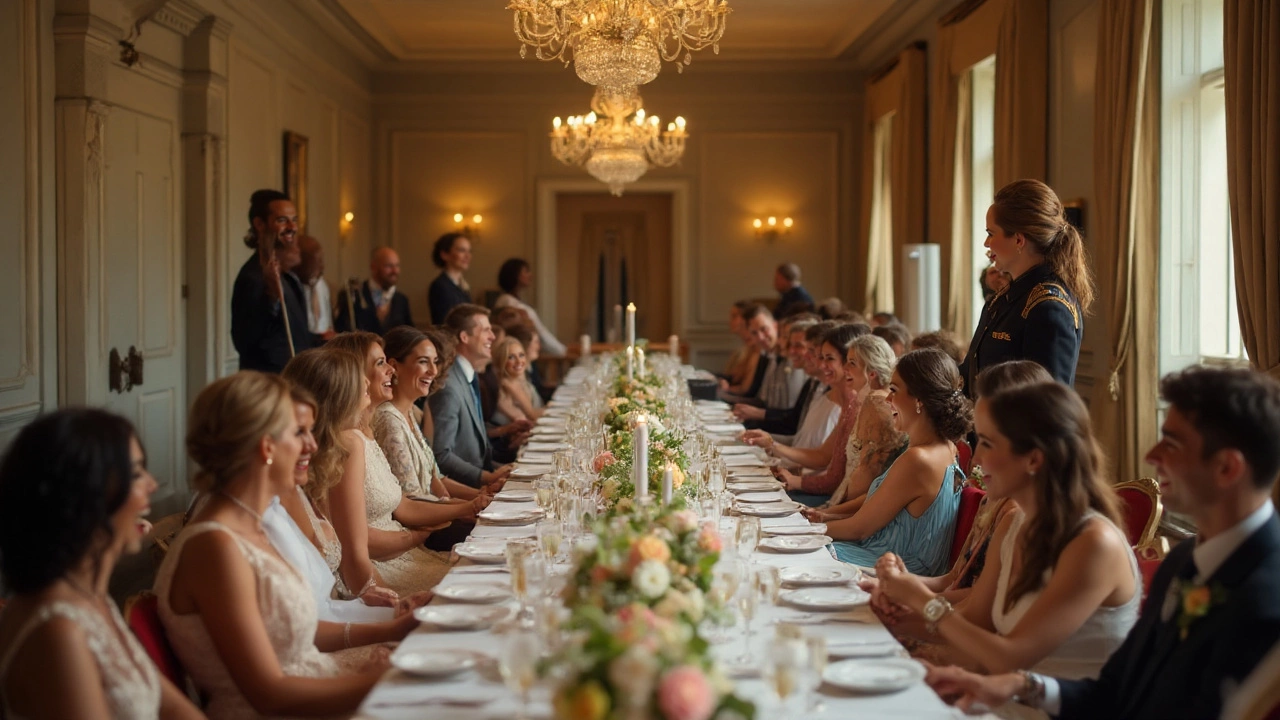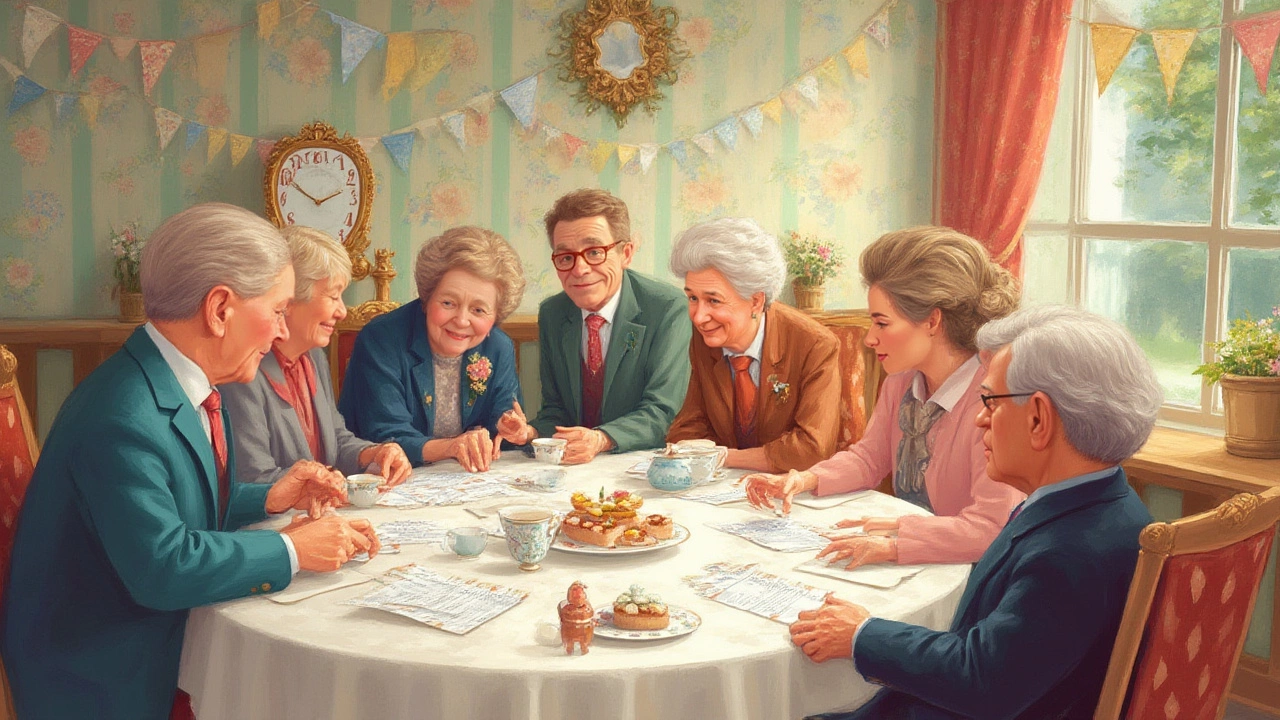Wedding Costs: A Real‑World Budget Guide for 2025
If you’re scrolling through Pinterest and seeing hundreds of dreamy weddings, you probably wonder how anyone pays for them. The truth is, most couples spend far less than the glossy magazines show—if they know where to cut and where to splurge. Below you’ll find the biggest cost drivers, quick savings tricks, and a simple spreadsheet idea to keep your numbers in check.
What Eats Up Most of Your Wedding Budget?
Venue and catering usually top the list. A popular city venue can run £5,000‑£10,000, and food costs add another £50‑£150 per head. If you have 100 guests, that alone could be £10,000‑£15,000. Next up is photography. Most couples book 6‑8 hours of coverage, which averages £1,500‑£3,000. Add in dress, suit, rings, and décor, and you’re quickly over the £20,000 mark.
One thing many planners miss is the hidden fees: service charges on catering, delivery fees for flowers, and extra charges for overtime photographers. The post “What Is the Biggest Expense in a Wedding?” breaks these down in detail, so you can spot them early.
Smart Ways to Trim the Numbers Without Losing the Wow Factor
Start with the guest list. Cutting 10‑15 guests can shave £1,000‑£2,000 off catering alone. Consider an off‑peak date; many venues drop prices by 20‑30% for Saturdays in November or winter months. For dresses, look at sample sales or designer outlet stores— you can grab a high‑end gown for 40‑60% less.
DIY can save money, but only if you plan ahead. The article “Can I Decorate My Wedding Myself?” outlines how to budget for supplies, time, and venue rules. Simple cloth runners, string lights, and bulk‑ordered flowers can look just as luxe as a full‑service designer.
Photography is another area where you can balance cost and quality. Instead of two full‑time shooters, hire a primary photographer plus a second‑shooter for the ceremony only. The post “Do You Really Need Two Photographers for Your Wedding?” explains when a second eye adds value and when it’s just extra expense.
Don’t forget the little things that add up: printed invitations, enamel cake toppers, and transport. Swap matte for glossy cards if your budget allows— the post on “Wedding Invitations: Matte or Glossy Cards?” shows the price difference and impact on postage.
Finally, use a simple spreadsheet. List each category, estimated cost, and actual cost as you book. Update weekly and you’ll see where you’re over or under. Seeing a $500 overage in décor, for example, might prompt you to switch to a DIY centerpiece instead.
Planning a wedding isn’t about sacrificing style; it’s about making intentional choices. By knowing the biggest cost drivers, trimming where it matters, and tracking every pound, you can celebrate in style without breaking the bank. Ready to start budgeting? Grab a notebook, pull up our guide, and watch your dream day become financially realistic.

- Aug, 6 2025
- Comments 0
Is $30,000 Enough for a Wedding? Real Costs, Tips, and Smarter Planning

- Jul, 16 2025
- Comments 0
Who Should Pay For a Wedding? Etiquette, Modern Traditions & Practical Tips

- Jul, 9 2025
- Comments 0
Who Pays for the Son's Wedding? Modern Costs, Traditions & Tips

- Apr, 6 2025
- Comments 0